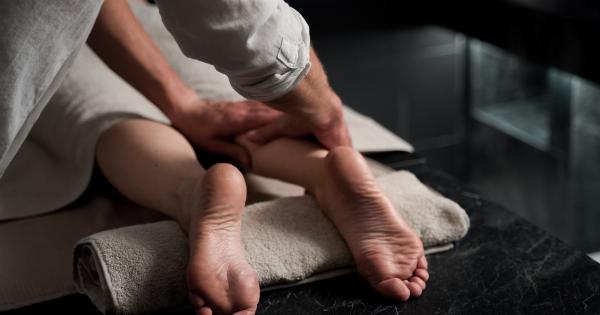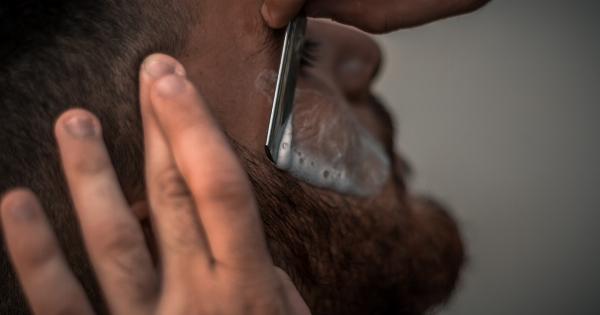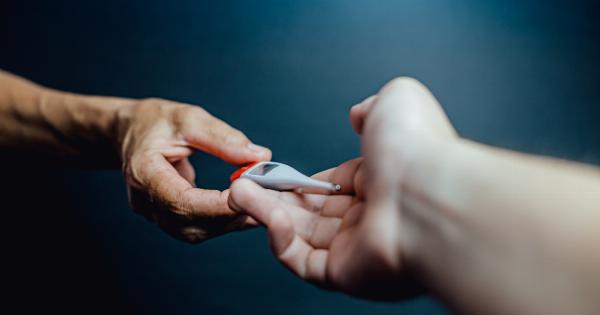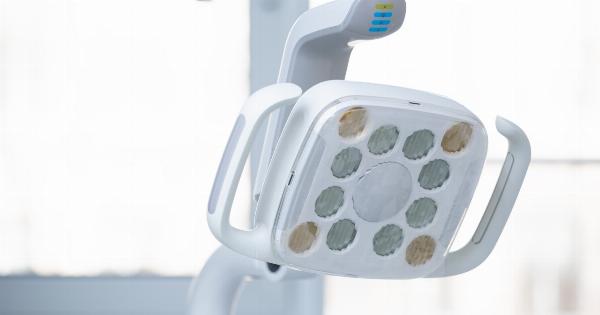Staphylococcus is a type of bacteria that is commonly found on the skin and in the nose of healthy individuals. While these bacteria are usually harmless, they can cause infections if they enter the body through a cut or wound.
Staphylococcus infections can range from minor skin infections to life-threatening infections such as pneumonia and sepsis.
Transmission of Staphylococcus
Staphylococcus is a highly contagious bacteria and can be easily transmitted from person to person. The bacteria can spread through skin-to-skin contact or through contact with contaminated surfaces such as towels, bedding, and clothing.
Staphylococcus can also be spread through sharing personal items such as razors and toothbrushes.
In healthcare settings, staphylococcus infections can be spread through contact with contaminated medical equipment, surfaces, and hands of healthcare workers.
Patients with weakened immune systems, such as those with HIV or undergoing chemotherapy, are at higher risk of developing staphylococcus infections.
Symptoms of Staphylococcus Infections
The symptoms of staphylococcus infections can vary depending on the type of infection. Common symptoms of staphylococcus skin infections include:.
- Redness and swelling around the infected area
- Pus-filled blisters or sores
- Pain and tenderness around the infected area
- Fever
More serious staphylococcus infections can cause symptoms such as:.
- Chest pain and difficulty breathing (pneumonia)
- Low blood pressure, fever, and chills (sepsis)
- Pain and swelling in the joints (septic arthritis)
- Headache, fever, and stiff neck (meningitis)
Treatment of Staphylococcus Infections
Treatment of staphylococcus infections depends on the severity and type of infection. Minor skin infections such as folliculitis and impetigo can be treated with topical antibiotics.
More serious skin infections such as cellulitis may require oral antibiotics.
Infections that have spread to other parts of the body such as pneumonia and sepsis require hospitalization and treatment with intravenous antibiotics. In some cases, surgical removal of infected tissues may be necessary.
Preventing Staphylococcus Infections
Preventing staphylococcus infections involves practicing good hygiene and avoiding contact with people who are infected. Some tips for preventing staphylococcus infections include:.
- Washing hands regularly with soap and water
- Covering cuts and wounds with clean bandages
- Avoiding sharing personal items such as razors and toothbrushes
- Cleaning and disinfecting surfaces regularly
- Wearing protective clothing in healthcare settings
The Importance of Proper Wound Care
Proper wound care is essential in preventing staphylococcus infections. Any cut or wound should be cleaned with soap and water and covered with a clean bandage until it heals.
It is important to avoid touching the wound with dirty hands or allowing it to come into contact with contaminated surfaces such as bedding or clothing.
Conclusion
Staphylococcus infections can range from minor skin infections to life-threatening infections such as pneumonia and sepsis.
These infections are highly contagious and can be easily transmitted from person to person through skin-to-skin contact or contact with contaminated surfaces. Preventing staphylococcus infections involves practicing good hygiene and avoiding contact with people who are infected. Proper wound care is also essential in preventing staphylococcus infections.






























